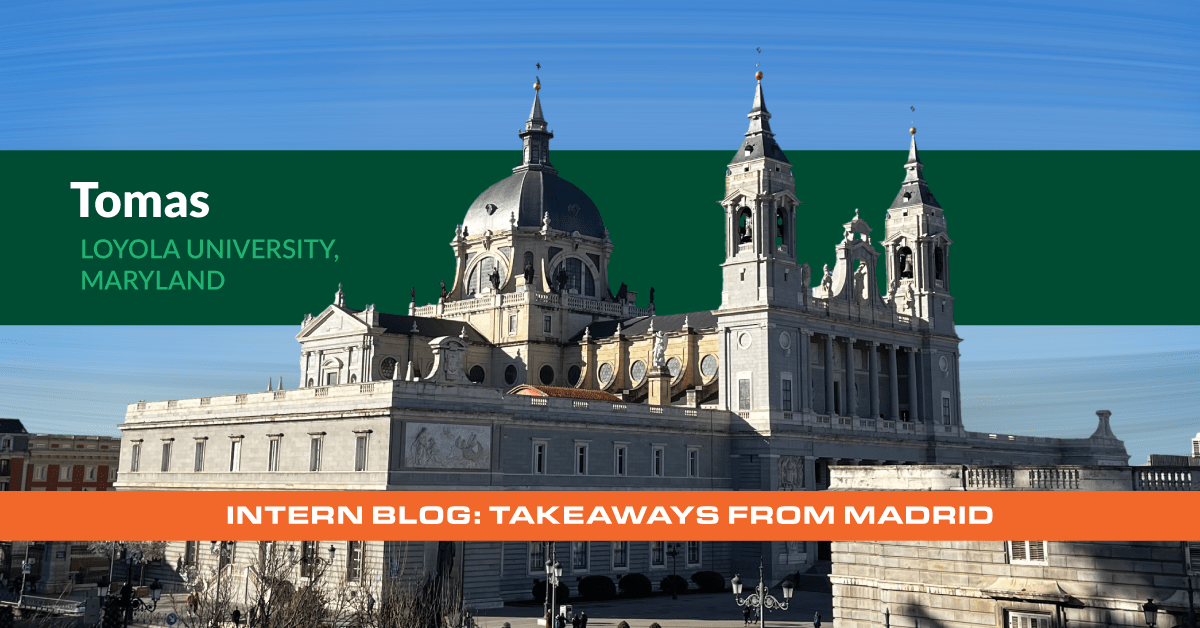My experience traveling by train began after I arrived in Baltimore, Maryland for my first year at Loyola University. Coming from South Carolina, a state with little to no public transportation, I quite frankly did not know Amtrak existed and I obviously had not heard of Northeast Maglev. However, when my cousin invited me to dinner one night in Washington D.C., I had no other option but to take an Amtrak train down as I did not have a car at the time. When I arrived at Baltimore’s Penn Station, I had no idea where to go, what to do, or even what to expect. As I walked on to the train, my initial thoughts were that it was clean, comfortable, and spacious. It was during my ride into the city that I started to think about the advantages and opportunities of taking the train. Over the next two years at Loyola, I would take the train between Baltimore and D.C. often. I even went as far as New York City and New Haven, Connecticut a few times. I loved it. Those fun experiences sparked my interest in public transportation and traveling by train.
Interestingly, during my first year at Loyola I took a writing class in which I was required to write about a topic of interest. After speaking with my professor, I chose to write about the stigma towards public transportation in the United States. During the first few weeks of my research, I started to learn about the history of public transit and connecting it to the stigma that some people have. My research uncovered statements from people who cited long wait times, unreliability, and the lack of security as reasons why they did not like public transportation and why they would not fund it in cities across the U.S. Other remarks were about the high fares, the waste of taxpayer dollars, and the repulsion of riding with “crazies.” I thought to myself that there needed to be a real change. It was at that time when my interest in the infrastructure of transportation really started to grow, and I started to do more research. As my first year wrapped up at Loyola, I knew I really wanted to pursue a career in the transportation industry to try and improve the system.
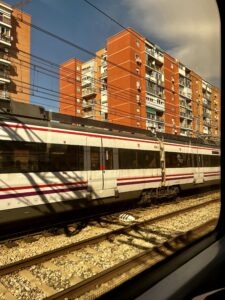
Fast forward to the middle of my third year at Loyola when I left the U.S., to study abroad in Alcala de Henares in Madrid, Spain. For context, this was my third time going to Madrid, so I knew a lot already and knew what to expect. However, I had yet to experience it as a student in which I would be living with a host family for four months. Prior to my departure, directors at Loyola had been directing everyone and preparing us for our trip. In a couple of our pre-departure meetings, they mentioned the heavy use of public transit across Europe. After arriving in Alcala, a small town about 40 minutes away from Madrid, I began to explore the city on my own along with the help of my host family and friends. Alcala had a network of buses which I used to get to and from my house and the university. Additionally, there was a network of trains and buses within the autonomous Community of Madrid.
Spain is divided into 17 autonomous communities, each with their own legislative and judicial powers. Several communities, like the Community of Madrid, also have their own networks of transportation which connect to other zones via high-speed rail. The network in the Community of Madrid connected several smaller sub towns, including Alcala de Henares, to the city of Madrid. The company operating this network of trains was called Renfe and the actual trains were called Cercanías or Renfe Cercanías. In addition to owning the Cercanías trains, Renfe also had ownership of several high-speed trains, Avlo and Ave, that connected cities such as Barcelona, Sevilla, and Valencia which were in other zones. The use of buses was also huge in Madrid as they connected to smaller neighborhoods. These buses were run by Alsa, a company that operated almost everywhere in Spain.
The first thing I noticed about the system in Madrid was the price of obtaining a transit card. As a foreign student, I paid €8 ($8.68 USD) a month to gain access to trains, buses, and metros all over the region of Madrid. I thought back to the prices in the U.S., and it puzzled me that I would spend $20 round-trip from Baltimore to D.C – a similar distance to that of Alcala to Madrid. This was a big difference between the two transit systems. As another example, a one-time bus fare in either D.C. or Baltimore is $1.50-6.00, while in Madrid, the bus fare is already included in the €8 monthly transit card.
The second thing I noticed was the punctuality and reliability. Trains going into Madrid from Alcala and vice versa had very short wait times. Trains would arrive about every five minutes with longer wait times being up to about ten minutes. Once in Madrid, trains would stop at a series of stations that connected to metro stations as well as bus stops. The design of the train system and metro system made it very easy and quick to get around.
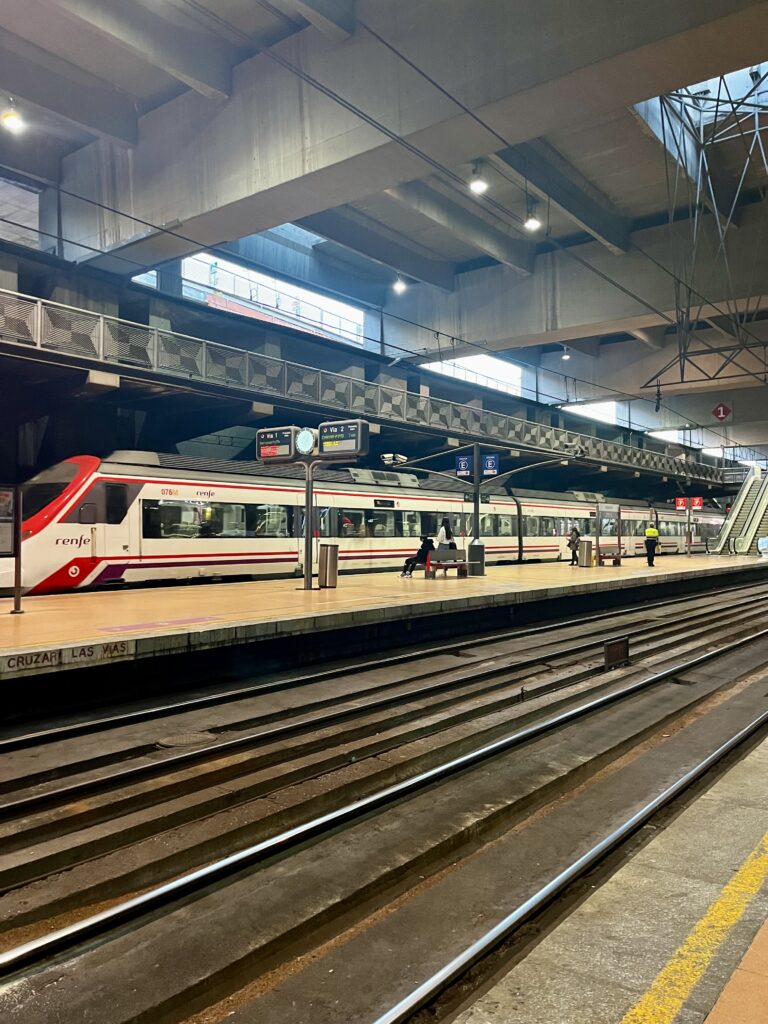
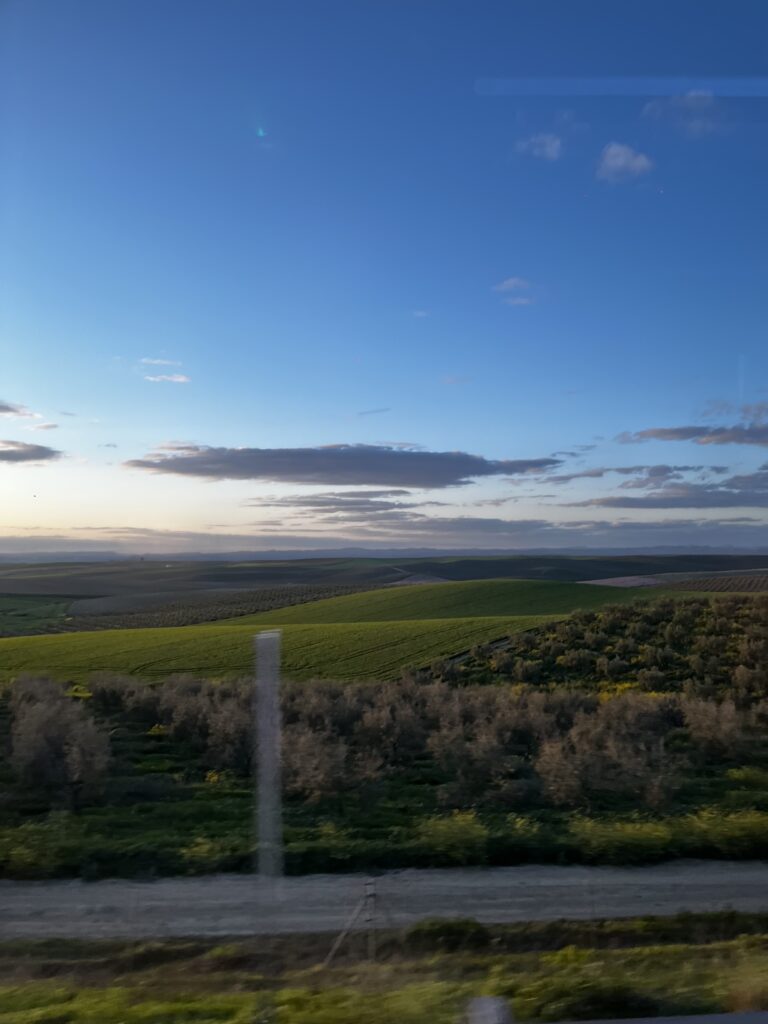
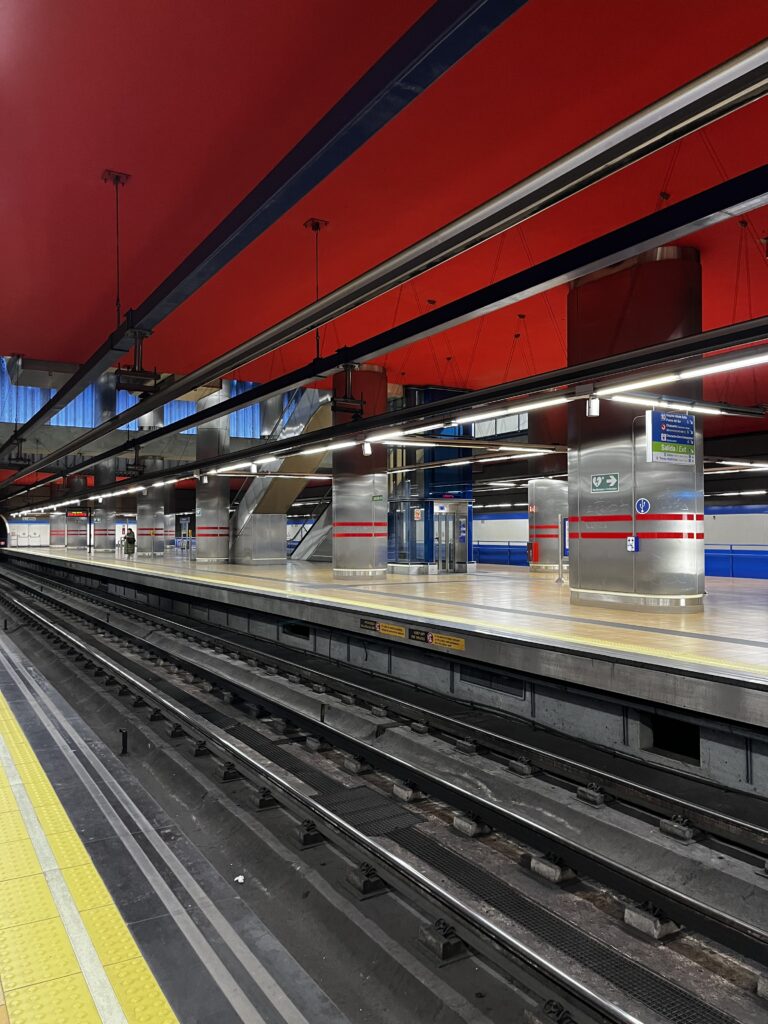
The third thing I noticed was the cleanliness and comfort of every train car, metro, and bus. Aside from a few dirty spots here and there, due to old age, every train car and bus was spotless. In addition to the cleanliness, every mode of transportation had good seats, good air conditioning, and were very spacious. However, and most importantly, was the aspect of security on the trains and metros, and at stations everywhere. With the police presence on trains and in the stations as well, I never witnessed any crimes and I never felt unsafe. When combining all these factors together, I realized how Europe had become so successful with public transportation. I realized it was about more than just getting passengers from Point A to Point B, making travel and exploration accessible to all.
After getting back from Spain I thought back to the many trips I had taken to New York and thought about the many great opportunities the Northeast Corridor could have with the improvement on public transit. Having lived in Spain for four months was proof to me
Furthermore, Florida has Florida East Coast Industries (FECI) which operates the Brightline high-speed passenger train, that connects Miami and Orlando. Like TCR and FECI, Northeast Maglev (NEM) is planning to do the same thing by connecting Washington, D.C., and New York City. All this work is the first step towards a more connected society giving Americans the opportunity to travel faster and to see past the light at the end of the tunnel. As these projects gain traction, they pave the way for a future where high-speed rail becomes an integral part of the nation’s transportation infrastructure, reshaping the way we move and connect with one another.
